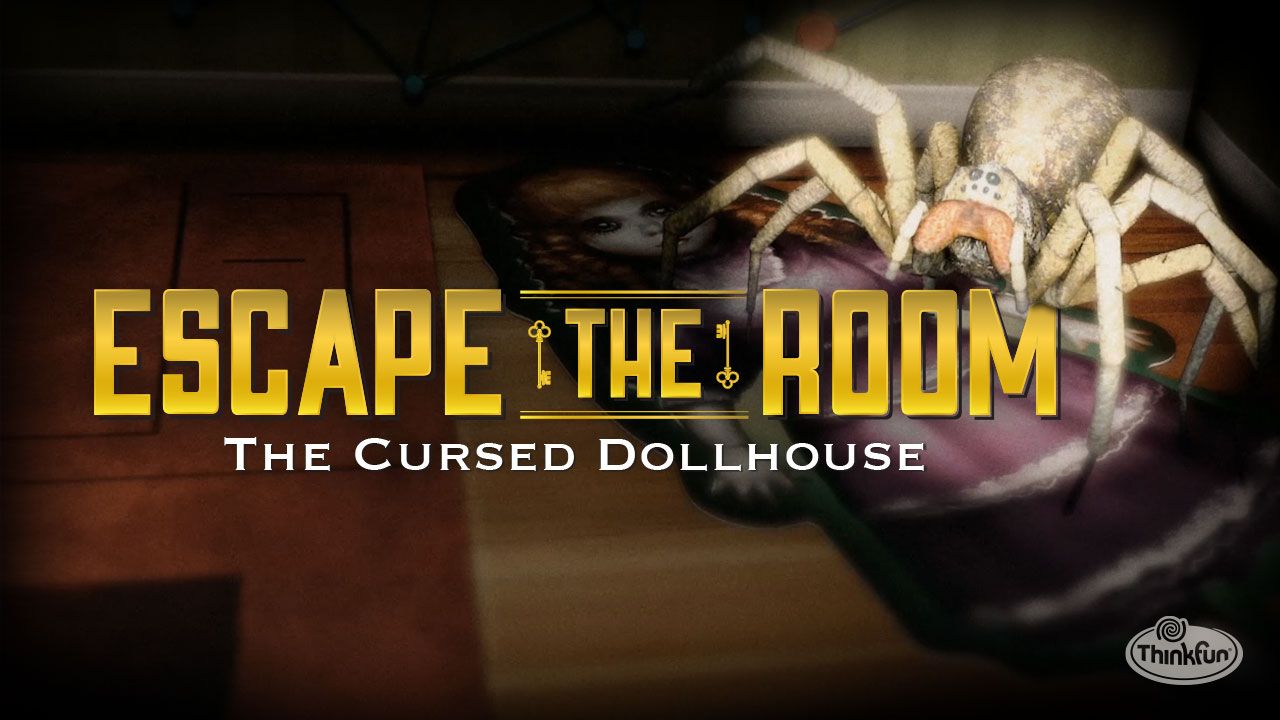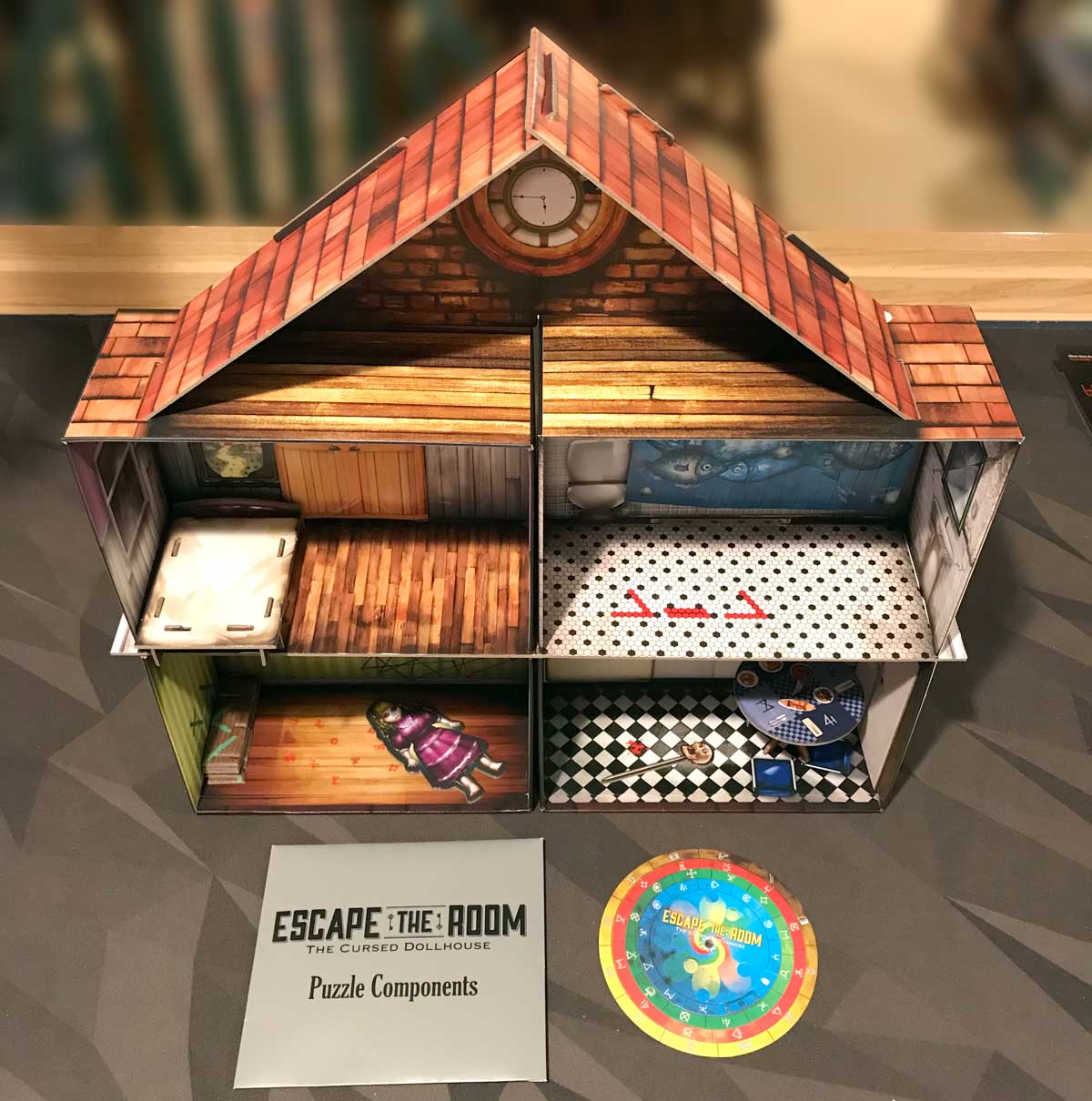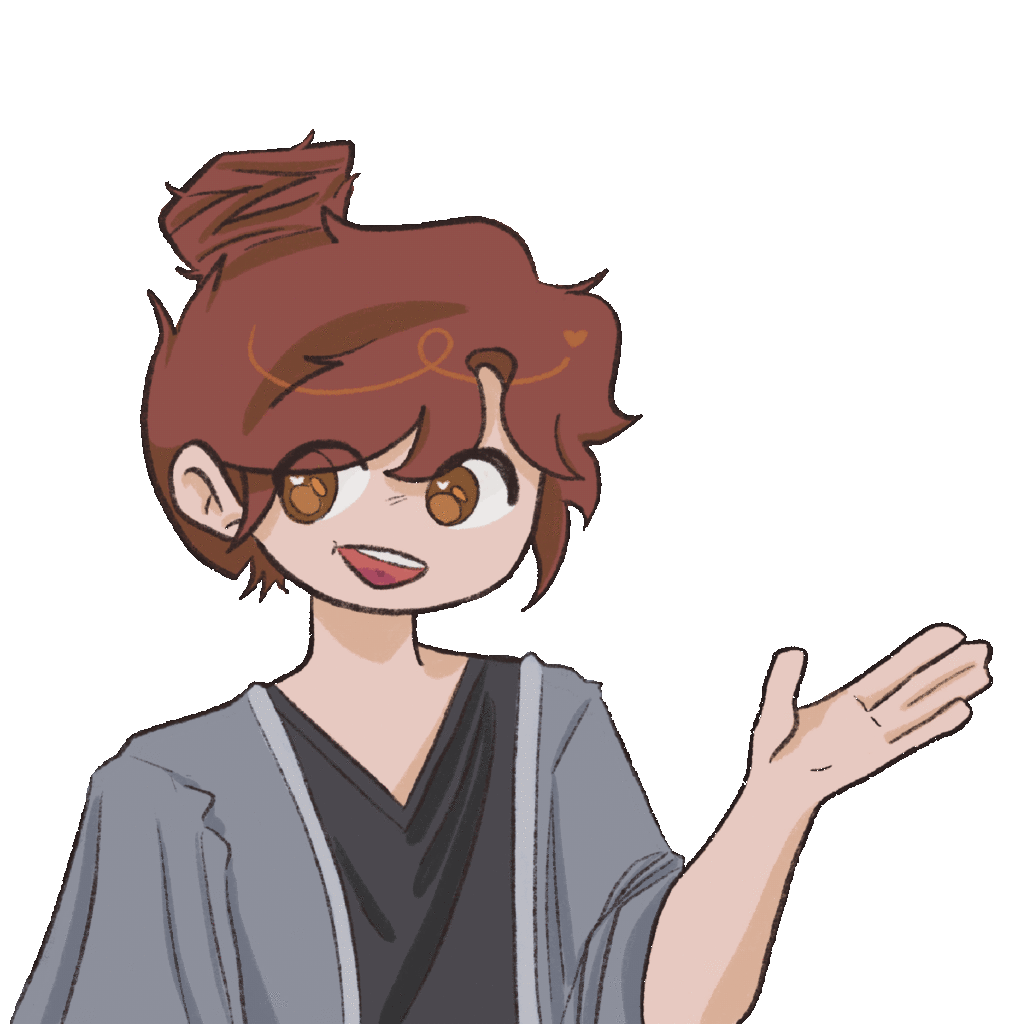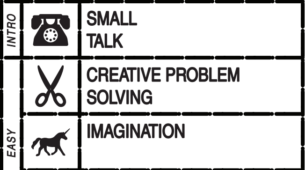 Overview:
Overview:
The game I played for this critical play was the box game Escape the Room: The Cursed Dollhouse. This game was developed by the toy board game company thinkFun and is intended for audiences of youth 13+. It requires 1–4 players and has a play time of 2.5 hours. The genres it explores are horror, mystery, and exploration. This is the perfect game for escape room enthusiasts, as it really immerses the players in the setting. The game is completely physical, however it does provide a QR code where players are able to access hints for specific levels. As for the components of the game, it consists of an actual dollhouse, along with some other props required for gameplay. I would also categorize this game as a non-replayable one, as the copy I had played with was accessed beforehand, which made it difficult to identify some pieces. It also spoiled some of the solutions for a few puzzles.
Experience:
I played this game by myself during a weekend afternoon. Despite considering myself a pro in escape rooms, I struggled a lot with this game. To start off, it took me an extensive amount of time to set up the pieces. The majority of my critical play consisted of actually building the house and finding the pieces that were scrambled all over. When I did eventually start the game, it also took me a while to understand the function of some of the pieces. However, I did enjoy reading the rulebook that they provided with the game, as it also served as a narrative that makes you actually feel like you are a character that had gotten stuck in the dollhouse. The tale follows a curious explorer that went to investigate an old mansion. He then discovers a relic that shrinks the observer and gets you trapped in a cursed dollhouse. The game provides you with an adjustable magnifier, which helps you identify if you have solved the puzzle. The first level requires you to find three hidden symbols within one of the rooms. I had a difficult time assembling some of the miniature furniture and props.

Mechanics and Feedback
What really makes Escape the Room: The Cursed Dollhouse special is how it gets you physically involved in the mystery. You’re not just reading a story or clicking through a digital puzzle, you’re actually moving tiny pieces of furniture, opening little doors, and searching every corner of the dollhouse for hidden clues. This hands-on approach makes the whole experience feel real and immediate. Every time you find a new clue or unlock a secret compartment, it feels like you’re making actual progress, and that keeps you hooked because you never know what you’ll discover next.
The way the narrative is woven into the mechanics is really clever. The story doesn’t just happen around you, it unfolds as you interact with the dollhouse. The shrinking relic you find at the start makes you feel like you’re actually trapped inside this miniature world, and each puzzle you solve reveals a new piece of the mystery. The more you explore and manipulate the dollhouse, the more the story advances. It’s not just about solving puzzles for the sake of it; it’s about uncovering the secrets of the dollhouse and figuring out what happened to the explorer who got trapped there.
The architecture of the dollhouse itself controls the story in a big way. The way the rooms are laid out, the hidden compartments, and the order in which you can access different areas all shape how the mystery unfolds. You have to open certain doors, move specific pieces of furniture, and interact with objects in the right order to make progress. This creates a natural sense of pacing and discovery, since the dollhouse slowly reveals its secrets as you explore.
Looking at it through the lens of game design, the dollhouse is the main object you interact with, and the rules are all about how you manipulate it to move the story forward. The puzzles are a mix of logic and observation, so you have to think carefully and pay attention to the details. The game does a good job of teaching you as you play, so you’re always learning new tricks and building on what you already know.
That said, there are a few things that could be improved. Some of the puzzles rely on really small pieces or subtle visual cues, which can be frustrating if you’re not patient or if you struggle with fine motor skills. The setup can also be a bit of a hassle, especially if pieces are missing or if you’re playing alone. The hint system via QR code is helpful, but it does pull you out of the game a bit since you have to switch to your phone. Overall, though, the mechanics are well thought out and make the game both challenging and fun.
Ethics
When it comes to accessibility, Escape the Room: The Cursed Dollhouse has some issues. The game is built around physical interaction and visual observation, which can be a real barrier for players with certain disabilities. If you have trouble with fine motor skills or if you’re visually impaired, some of the puzzles might be really difficult or even impossible to solve. The hint system via QR code is a good idea, but it doesn’t address the physical challenges of the game.
For players with disabilities, alternative puzzle-solving methods or tactile cues can make the game frustrating. The game doesn’t have any official accessibility features, like larger pieces or audio hints, which would make it more inclusive. According to Narrative Elements Explained, a game’s world should be welcoming to all players, and the way the game is designed plays a big role in that.
If I were to redesign the game, I’d add options for larger or more tactile components, as well as alternative ways to solve puzzles that don’t rely so much on fine motor skills or perfect eyesight. I’d also expand the hint system to include audio descriptions or step-by-step guidance for players who need it. Another thing to think about is the game’s non-replayable nature. Since you can only play it once, it limits its value for repeat players and raises questions about waste. Still, the one-time experience does make the game feel more urgent and immersive, which is part of its charm. Overall, the game is engaging, but it could be more inclusive and sustainable.


